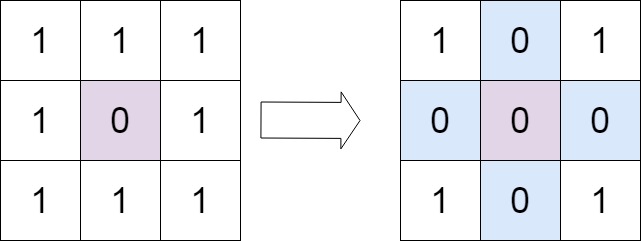Given an array of integers A, a move consists of choosing any A[i], and incrementing it by 1.
Return the least number of moves to make every value in A unique.
Example 1:
Input: [1,2,2] Output: 1 Explanation: After 1 move, the array could be [1, 2, 3].
Example 2:
Input: [3,2,1,2,1,7] Output: 6 Explanation: After 6 moves, the array could be [3, 4, 1, 2, 5, 7]. It can be shown with 5 or less moves that it is impossible for the array to have all unique values.
Note:
0 <= A.length <= 400000 <= A[i] < 40000
Solution:
/**
* @param {number[]} A
* @return {number}
*/
var minIncrementForUnique = function(A) {
// sort array first!
A.sort((a, b) => a - b);
let ans = 0;
for (let i = 1; i < A.length; i++) {
// skip if A[i] > A[i - 1], no need to change
if (A[i] > A[i - 1]) continue;
// when A[i] >= A[i - 1] after previous modification
// record how many move to make them unique
ans += (A[i - 1] - A[i]) + 1;
// make A[i] slightly bigger than A[i - 1]
A[i] = A[i - 1] + 1;
}
return ans;
};
